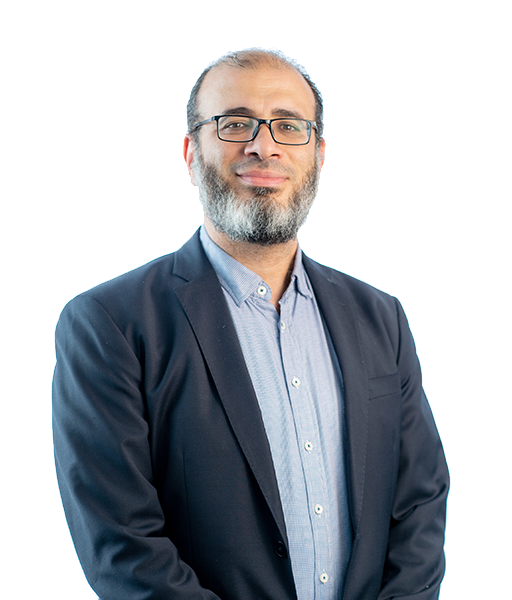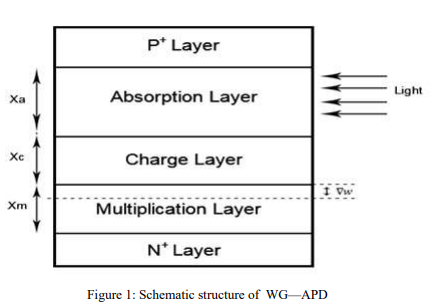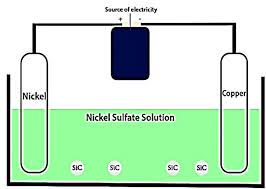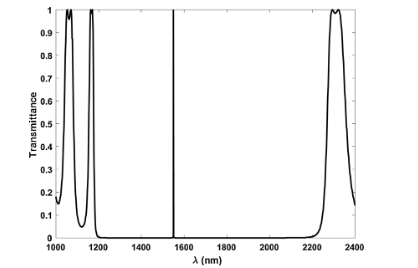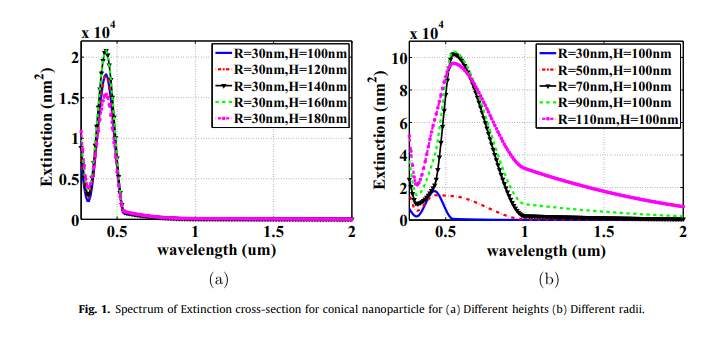Prof. Yasser El-Batawy is a highly accomplished academic with expertise in optoelectronics. He earned his B.Sc. in Electronics and Electrical Communications Engineering from Cairo University in 1996, followed by an M.Sc. in Engineering Physics from the same institution in 2000. In 2005, he completed his Ph.D. in Electrical and Computer Engineering at McMaster University in Canada, focusing on the "Modeling of High-Speed Photodetectors." He was a postdoctoral fellow in the ECE Department at McGill University, Canada, from 2005 to 2006. In 2006, he joined the Engineering Physics Department at the Faculty of Engineering, Cairo University, as an assistant professor and eventually achieved the rank of associate professor. In May 2022, he was promoted to full professor in Engineering Physics. His current research focuses on high speed photodetectors, infrared sensing, photovoltaics, plasmonic photovoltaics, Quantum Dots, and stochastic analysis of photonic devices.
Prof. Yasser's professional journey also includes a role in 2013 as a senior member in the technical office of the Egyptian Educational Development Fund (EDF). Since February 2018, he has been a professor in Engineering Physics at Nile University. At Nile University, he holds the position of Director of the Engineering Core Program, showcasing his leadership capabilities.
Prof. Yasser has extensive experience teaching a wide range of undergraduate and graduate courses. He has designed, taught, and supervised courses such as Engineering Physics, Electric Circuits, Electromagnetic Fields, Solid-State Electronics, Optoelectronics, and Photovoltaics at various universities, including Cairo University, Nile University, Egyptian E-Learning University (EELU), and the Arab Academy for Science, Technology & Maritime Transport. Notably, he has developed an online platform for Engineering Physics courses at Nile University, in addition to the traditional classroom format, and oversees all associated laboratory work.
- Prof. Yasser received the Supervision of Best Master Thesis in Cairo University for from Cairo University.
- He received the Natural Sciences and Engineering Research Council of Canada (NSERC)-Postdoctoral Fellow (NSERC-PDF) for Postdoctoral Fellowship from Natural Sciences and Engineering Research Council of Canada.
- He received the Ontario Graduate Scholarship (OGS) from the Province of Ontario.
- He received the NU Outstanding Teaching Award from Nile University.
Pagination
- Optoelectronics
- High-Speed Photodetectors
- Quantum Dot InfraRed Photodetectors
- Plasmonic Photovoltaics
- Stochastic Modeling of Photonic Devices
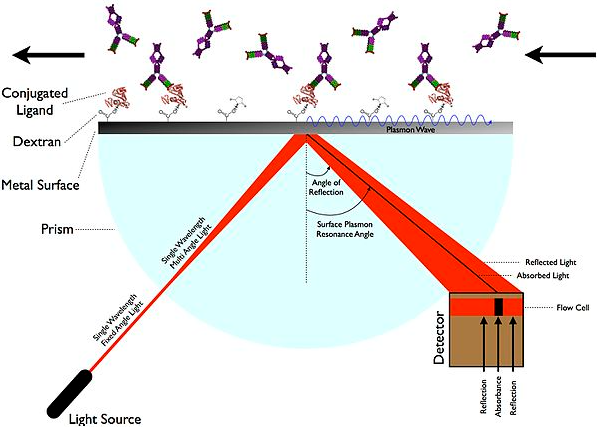
Plasmonic Sensors for Biomedical and Infra-Red Detection Application


